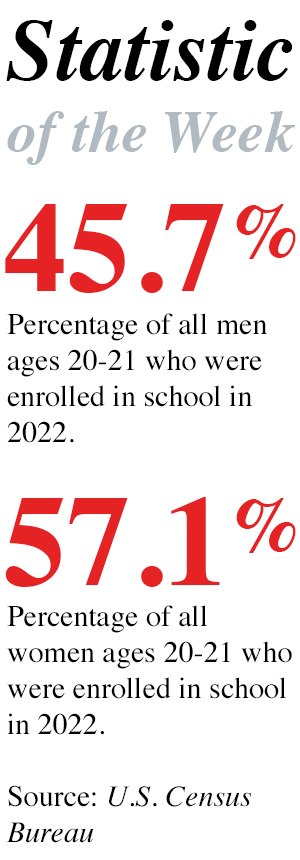Stanford University Report Says Progress Toward Gender Equality Has Stalled
Posted on Mar 28, 2018 | Comments 0
 A new report from the Center on Poverty and Inequality at Stanford University finds that while women made substantial progress in the latter half of the twentieth century in employment, pay, education and other areas, that progress has slowed or stalled completely in the early years of this century.
A new report from the Center on Poverty and Inequality at Stanford University finds that while women made substantial progress in the latter half of the twentieth century in employment, pay, education and other areas, that progress has slowed or stalled completely in the early years of this century.
Among the findings in the reports is that following World War II, women entered the workforce in record numbers, but the increase in labor force participation for women has now stagnated, and women remain less likely than men to participate in the formal labor force. Similarly, the wage gap declined rapidly in the 1970s and 1980s, but the rate of decline has since slowed.
Women streamed into formerly male-dominated occupations in the 1970s and 1980s, but the rate of occupational integration slowed after 1990. If rates of occupational integration since 2000 are extrapolated, the report says, it would take a full 330 years before the workplace becomes completely integrated.
 “Stereotypes and unconscious biases are getting in the way of faster social change,” according to Shelley Correll, a professor of sociology, director of the Clayman Institute for Gender Research at Stanford University, and an author of one of the chapters in the report. “We still cling to the view that men and women are fundamentally different in interests and skills.” This contributes to segregation both because “employers discriminate on the basis of these beliefs and workers sort themselves into gender-conforming roles.”
“Stereotypes and unconscious biases are getting in the way of faster social change,” according to Shelley Correll, a professor of sociology, director of the Clayman Institute for Gender Research at Stanford University, and an author of one of the chapters in the report. “We still cling to the view that men and women are fundamentally different in interests and skills.” This contributes to segregation both because “employers discriminate on the basis of these beliefs and workers sort themselves into gender-conforming roles.”
Dr. Correll joined the Stanford faculty in 2008. She is a summa cum laude graduate of Texas A&M University and holds a master’s degree and a Ph.D. from Stanford University.
Filed Under: Research/Study








